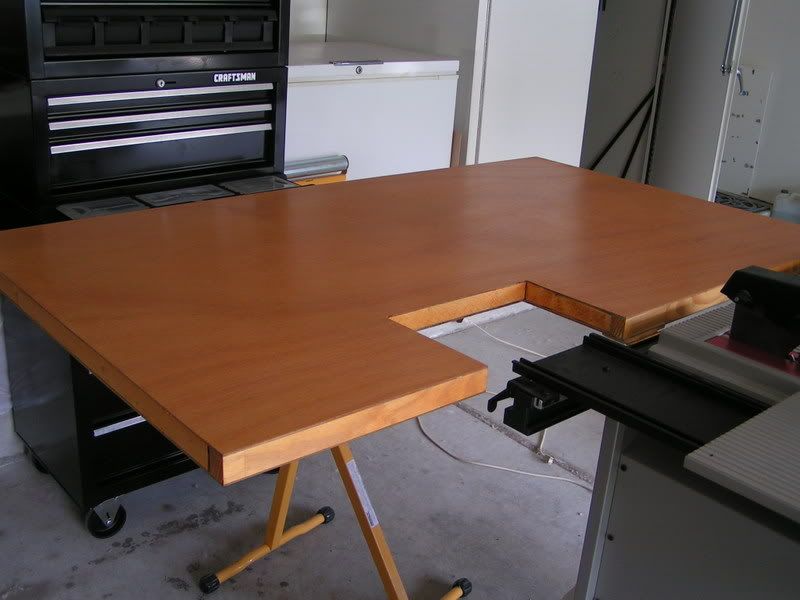I have been thinking of building an outfeed table that would be easily attached and removed for storage. What would be a good surface? I considered 1/2" MDF but a sheet of that 24" x 48" would be heavier than I wanted. Add the framing to support it and it would be even heavier. Melamine is too heavy and 1/2" plywood wouldn't be much lighter.
My other consideration was a hollow core slad door, cut down to 4 ft.
These seem to hold up well against sagging at a 4 ft span. With just a limited framework under the edges and some cross members, it may not be as heavy as the MDF. But how to put a finish on the slab door? Clear poly? Paint?
Thanks all.
Salty
My other consideration was a hollow core slad door, cut down to 4 ft.
These seem to hold up well against sagging at a 4 ft span. With just a limited framework under the edges and some cross members, it may not be as heavy as the MDF. But how to put a finish on the slab door? Clear poly? Paint?
Thanks all.
Salty



 Loring in Katy, TX USA
Loring in Katy, TX USA
Comment